The Rift’s Heritage
Conservation and Socio-Economic Challenges
The Great African Rift carries a rich heritage shared by all of humanity. It features a remarkable diversity of landscapes and geological formations, bearing witness to the Earth’s structure and dynamics.
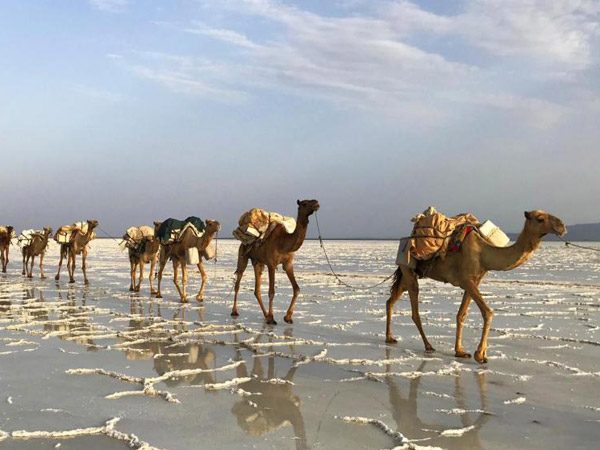
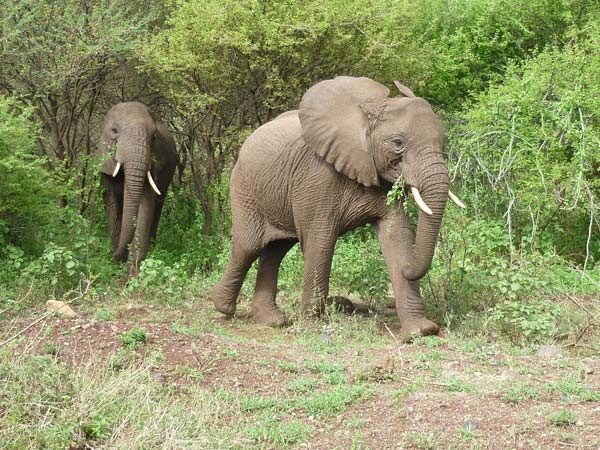
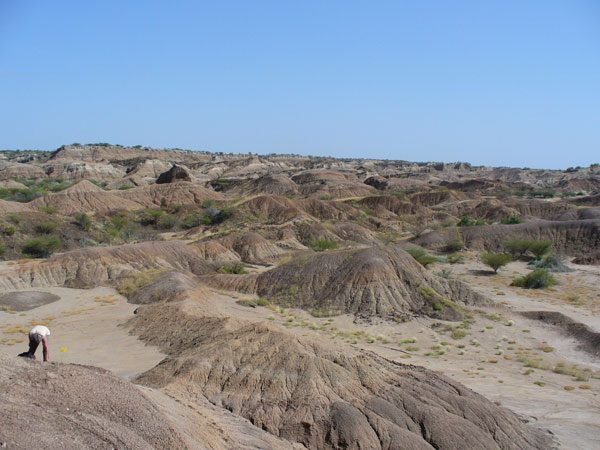
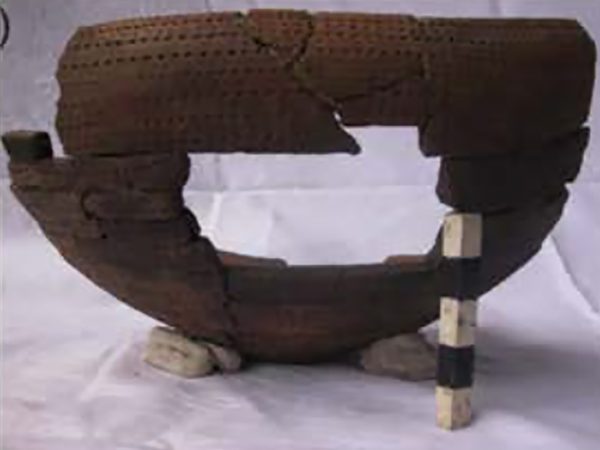
This geodiversity coexists with extraordinary biodiversity, including ancient human lineages (half of all known human species to date) that have been largely preserved through these geological processes.
The Rift is also home to the four major African language families: Afro-Asiatic, Nilo-Saharan, Niger-Congo, and Khoisan, which include many unique and/or particularly remarkable languages.
Social sciences have also shown strong interest in the wide variety of cultural and political systems found in the region—ranging from the long-term development of an Ethiopian state that escaped colonial trajectories, to alternative forms of political organization in pastoral societies often located on the margins of state systems.
How can we study, approach, and preserve such a rich and multifaceted heritage as that of the Great African Rift?
By raising awareness and fostering a shared vision among scientific communities.
By proposing an interdisciplinary and operational definition of heritage (geological, fossil, prehistoric, historical, linguistic, architectural, etc.), this approach aims to examine how heritage actors and policies are structured—while identifying common research fields to encourage transdisciplinary studies (notably on conflicts between heritage and economic development).
GDR Rift Research Areas:
See the directory for contact information of members associated with each research theme.
